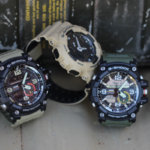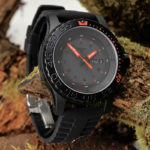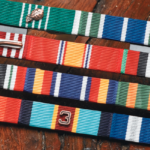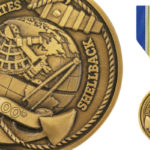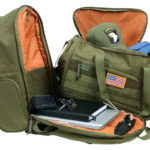Thus far, this article has dealt only with the differences between the various U.S. awards regulations. It would have been refreshing to report that the remaining areas, in which the Services all agree amongst themselves, made absolute sense from the standpoints of logic and tradition. Unfortunately, this is not the case as can be seen in the following examples:
A. The medals associated with the Philippine Defense, Liberation and Independence Ribbons, although issued and sanctioned for wear by a friendly foreign government, may not be worn on the U.S. military uniform. All of the applicable Uniform Regulations refer to these awards as “Ribbons” rather than “Medals” and permit only the ribbon to be worn.
B. Ribbon devices, in most cases, are worn to denote the award of clasps to certain service medals, e.g., World War I Victory Medal, American Defense Service Medal, Navy Expeditionary Medal, etc. The sole exception to the rule is the World War II Occupation Medal, which makes no provisions for a device in cases where both clasps have been awarded.
C. During the United Nations’ first 50 years of existence, the U.S. permitted only two medals associated with UN missions to be worn on the military uniform. These were the UN Korean Medal and the United Nations Medal for participation in all other United Nations operations. In a recent policy change, a total of 9 additional ribbons were authorized. However, there is still a peculiar twist as only the first ribbon earned may be worn, with all subsequent UN service denoted by bronze stars. U.S. soldiers have participated in seven additional UN missions but wear of those ribbons is still pending.
D. A second award of the Philippine Presidential Unit Citation (for service during disaster relief operations in 1972) is denoted by a small bronze star on the ribbon. However, a similar second award of the Republic of Korea Presidential Unit Citation for the same operation goes unrecognized.
E. Finally, consider the case of the “Wintered Over” clasps and disks used on the Antarctica Service Medal. In a classic example of reverse logic, the time-honored sequence of bronze, silver and gold was altered to bronze-gold-silver to denote 1, 2 and 3 winters respectively.
